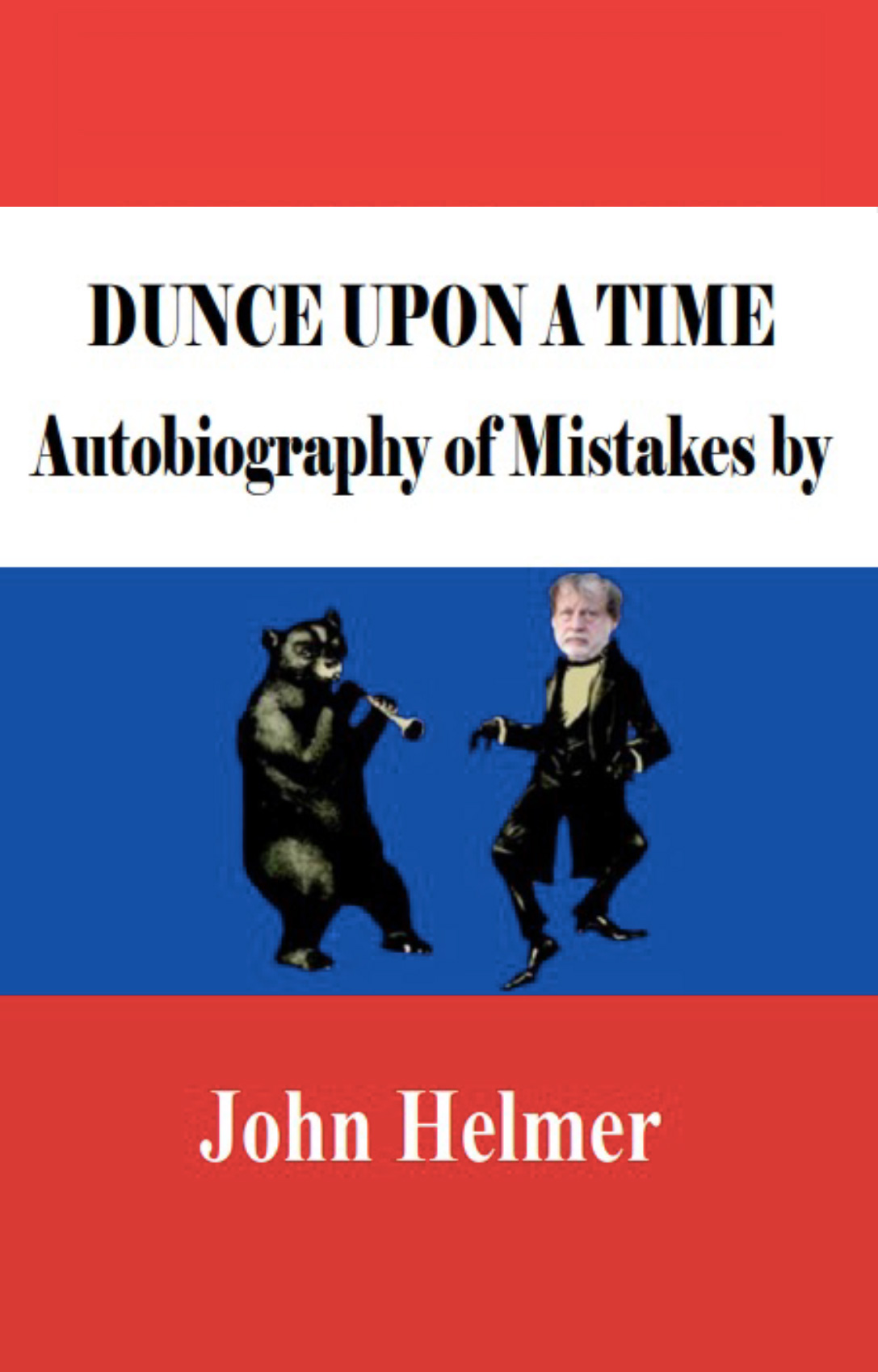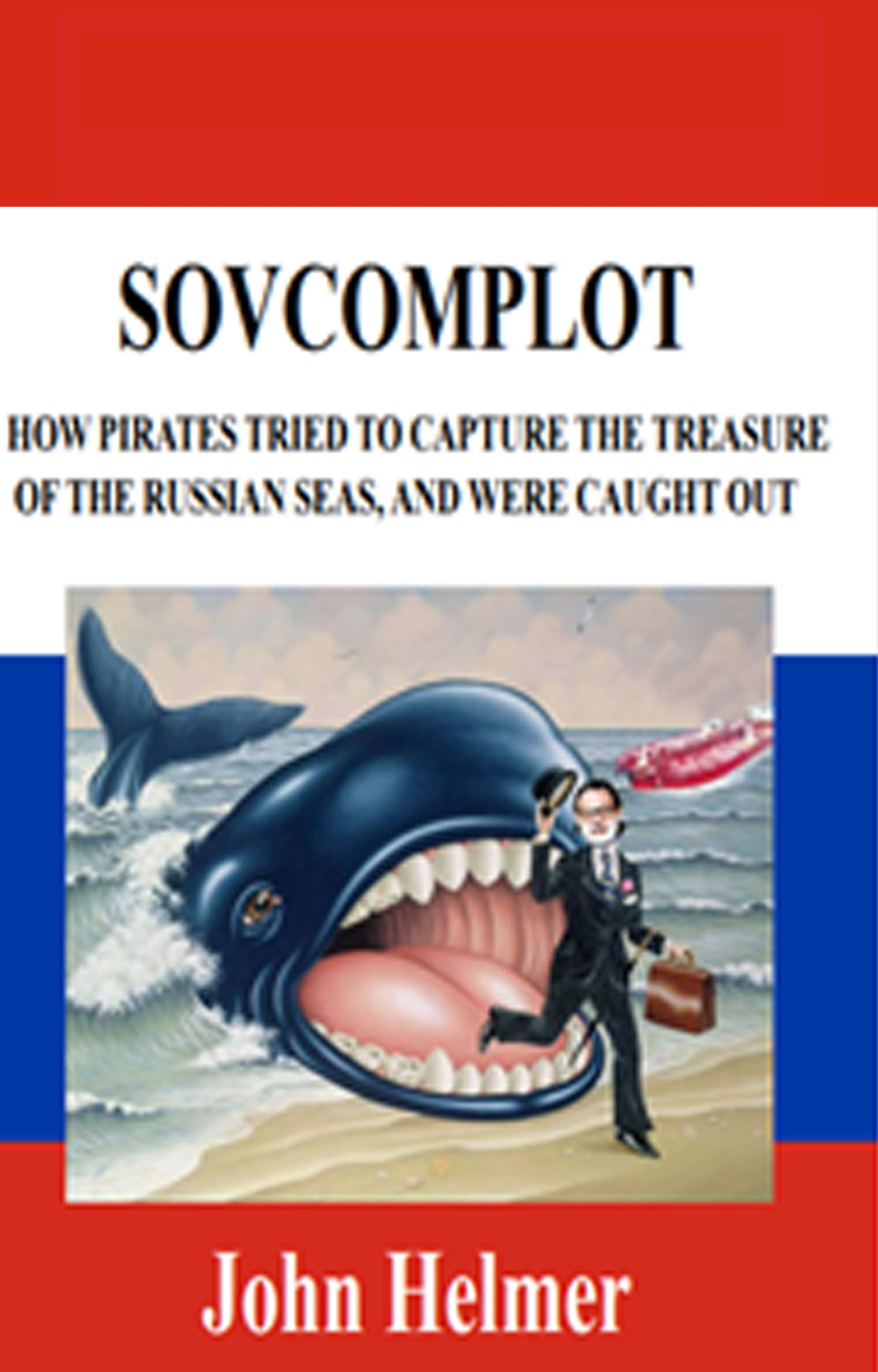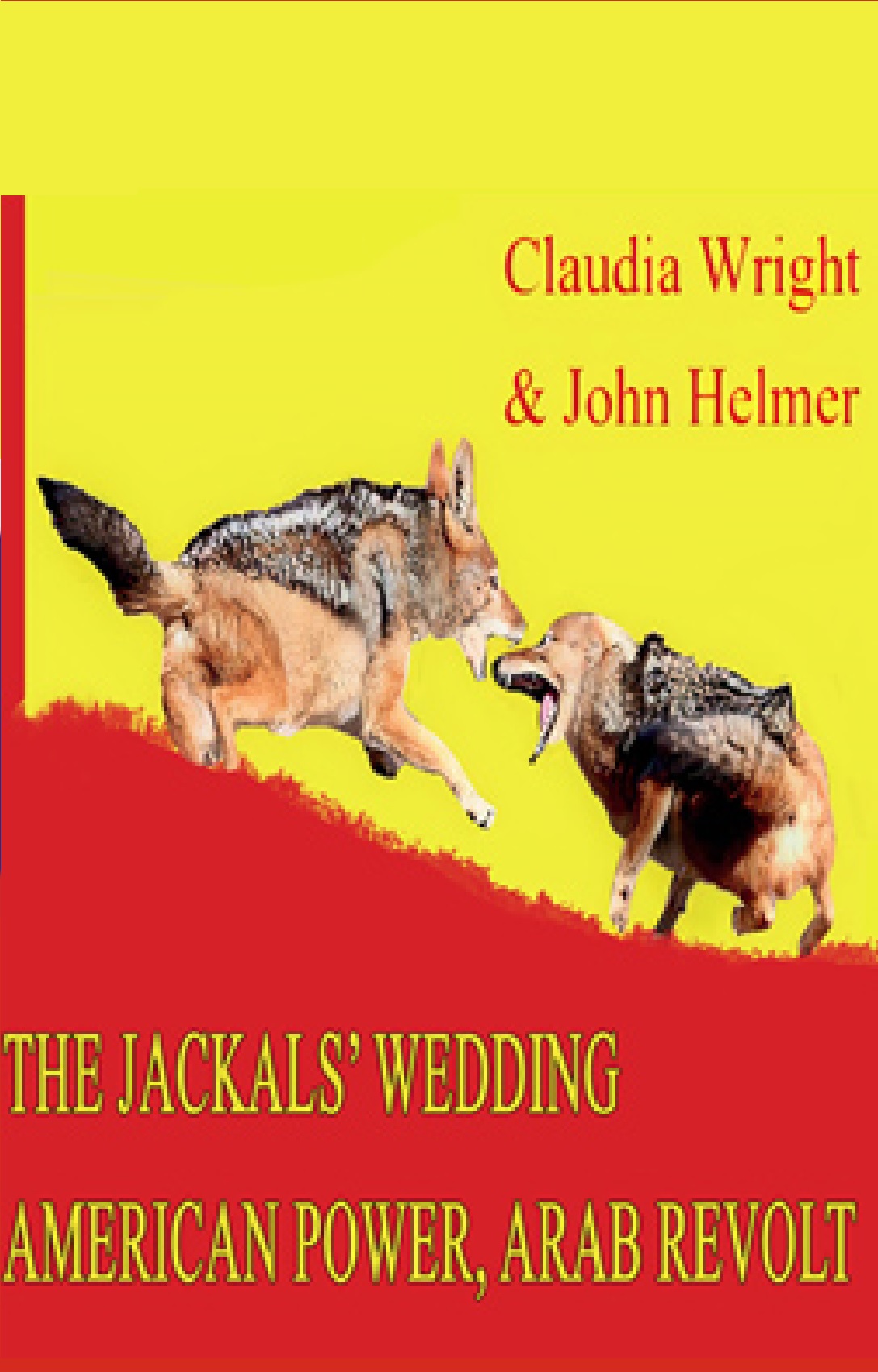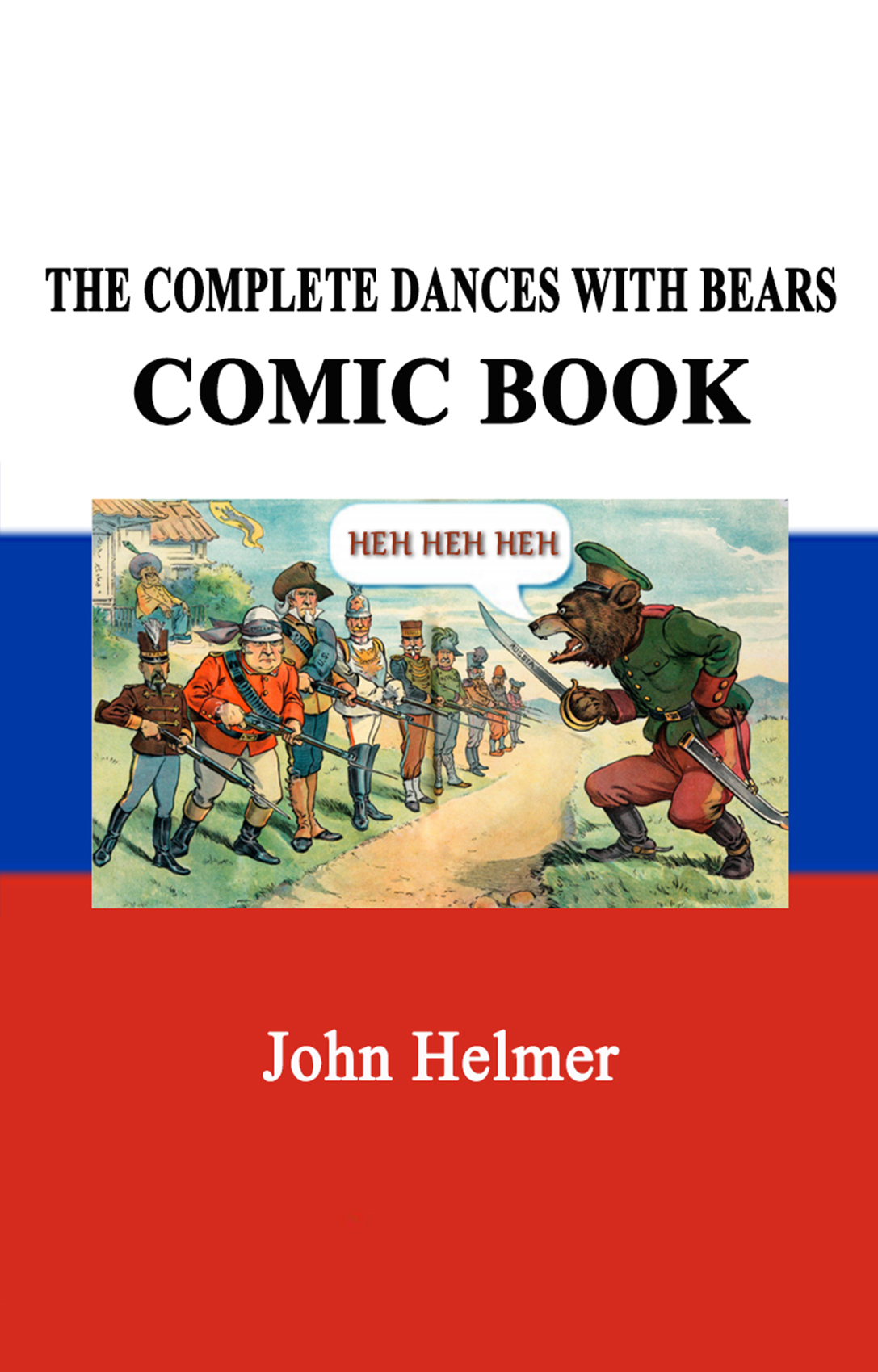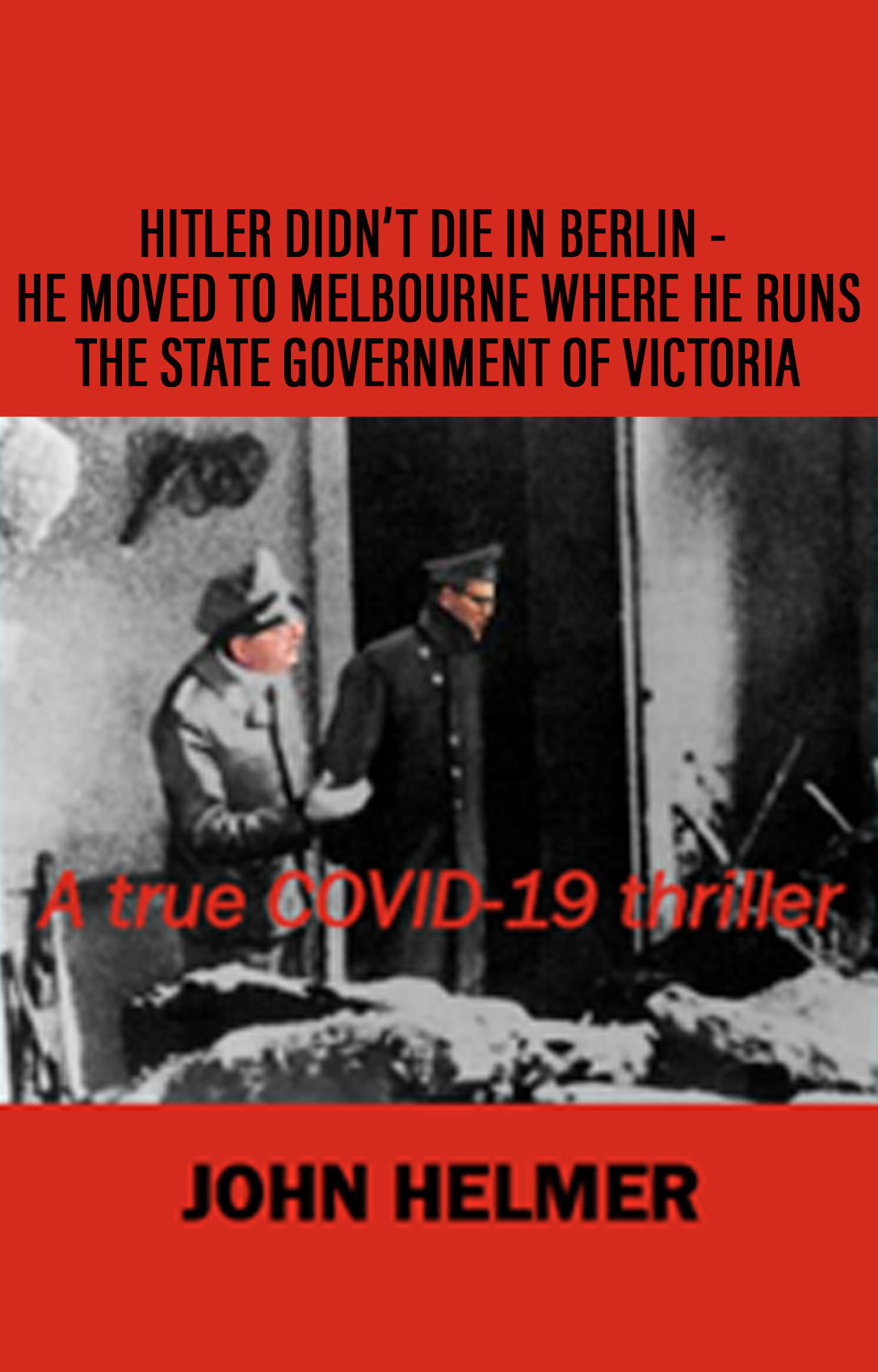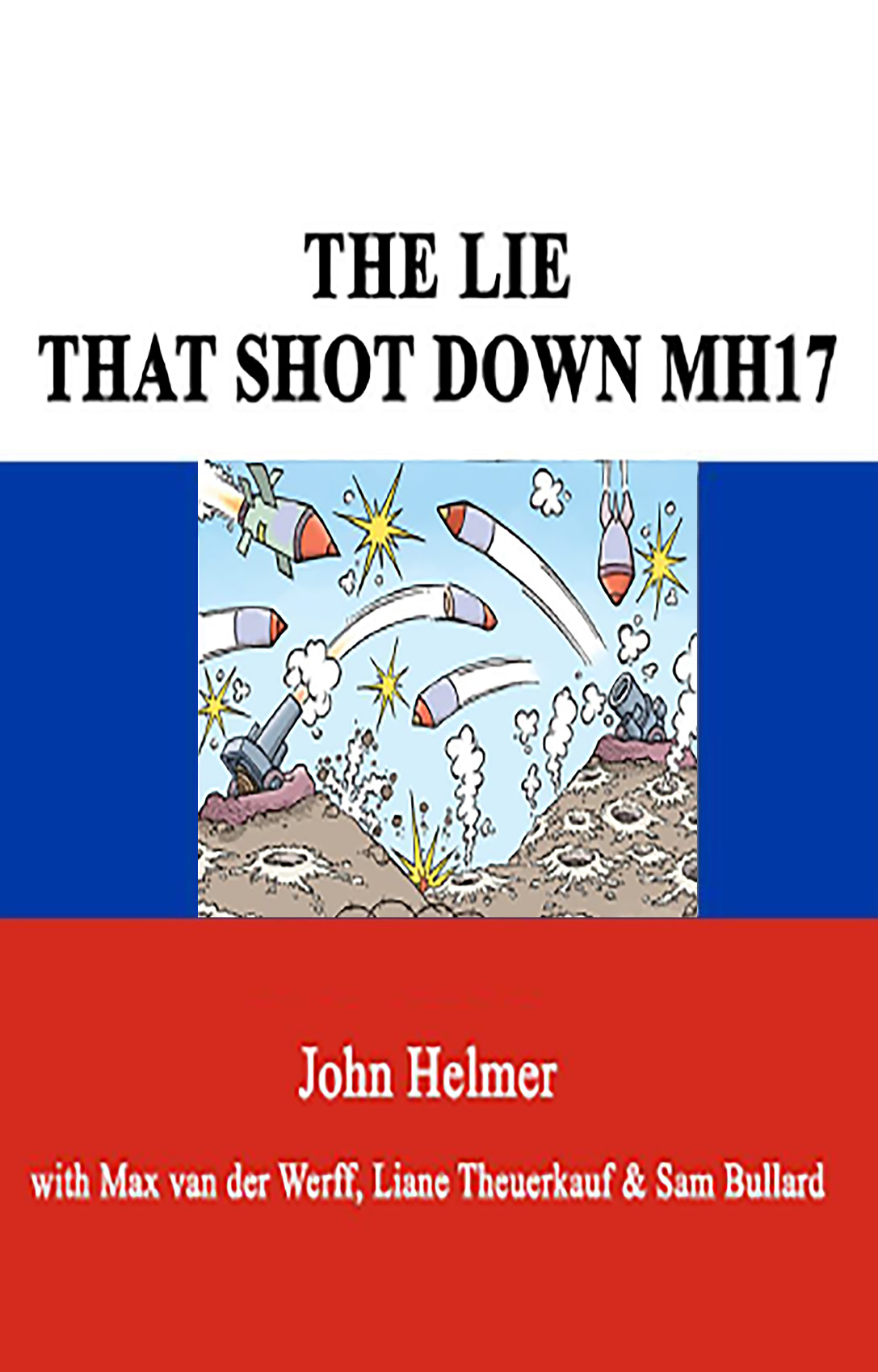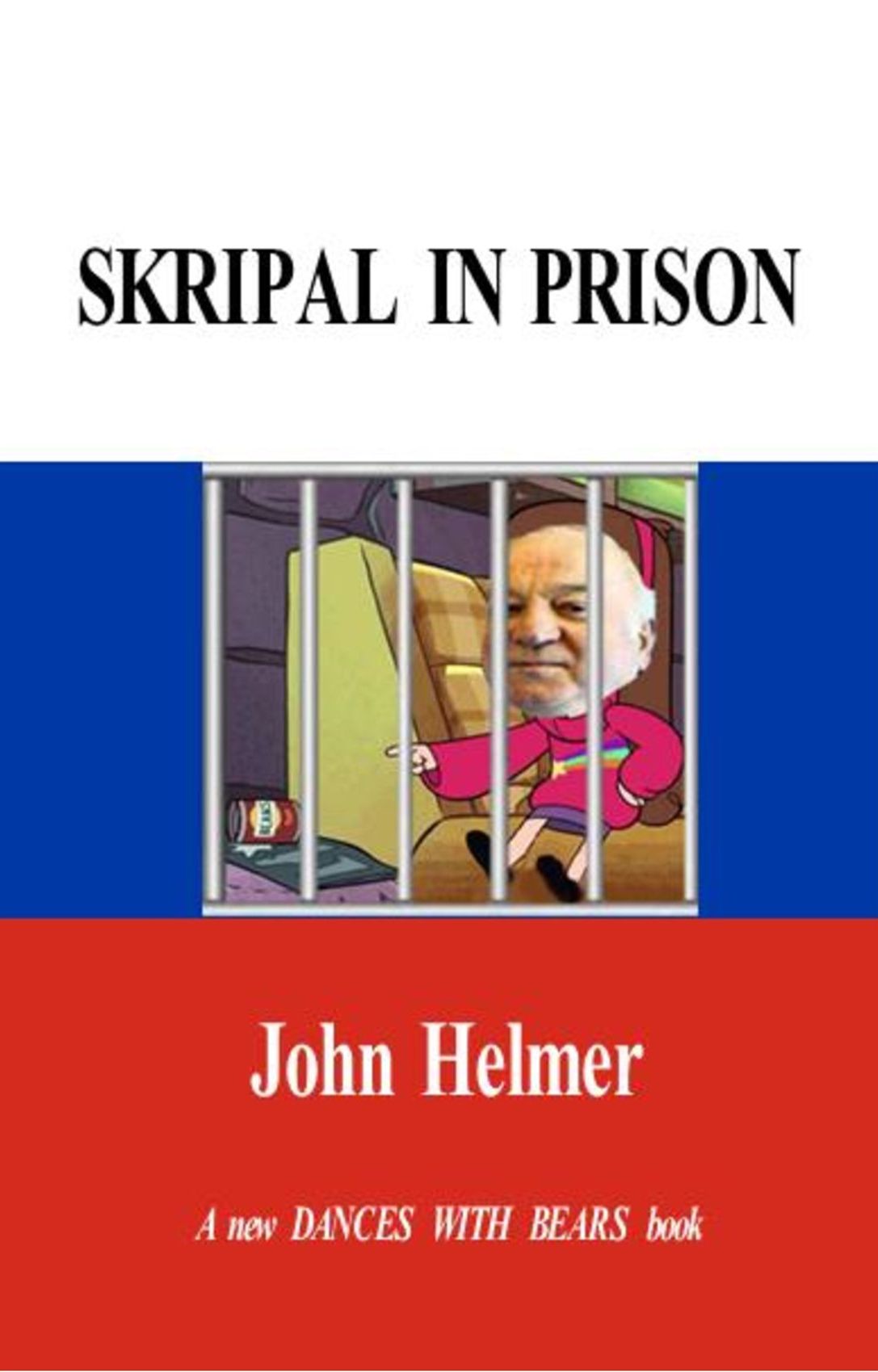

by John Helmer, Moscow
@bears_with
Since the lethal Sevastopol beach attack on June 23 triggered open criticism of President Vladimir Putin’s military inhibitions, there has been a Russian counter to the operation of US Air Force (USAF) drones which direct the missile strikes from international airspace over the Black Sea.
The June 23 missile salvo used US-made and US-crewed ATACMS missiles.
The US Secretary of Defense, General Lloyd Austin, then spoke by telephone on June 25 with his Russian counterpart, Defense Minister Andrei Belousov – their first conversation since Belousov replaced Sergei Shoigu in May. In the Pentagon briefing, nothing was admitted except that it had been the Pentagon which initiated the call, not the Russian side.
What happened next was that the Defense Ministry announced Belousov had noted “the increased intensity of flights of strategic unmanned aerial vehicles of the United States over the Black Sea” and “instructed the General Staff of the Armed Forces of the Russian Federation to take measures of prompt response to provocations”. The Russian Air Force began to attack the US Air Force Global Hawk ((Northrop Grumman RQ-4B) drones in a new way (lead image, right).
Their operation was transferred from Sigonella in Italy to the Kogălniceanu Air Base near Constanta in Romania. The electronic warfare operation to guide Ukrainian missile attacks on Crimea was transferred from drones to manned aircraft, and from the US Air Force (USAF) to the Royal Air Force (RAF). British-made Storm Shadow missiles, fired by Ukrainian aircraft, then replaced the ATACMS, and new attacks begun on Sevastopol.
The Russian reaction has been to destroy the Ukrainian airfields from which these launches began and the aircraft which fired them. On July 2, the Russian Defense Ministry reported, “as a result of a group strike with precision weapons on an airfield, five Su-27 aircraft of the enemy air force were destroyed and two were damaged. Two more Ukrainian aircraft, MiG-29 and Su-27, were shot down by Russian air defence.” The airfield targeted was Mirgorod, near Poltava in the northeast.
Air evacuation of US ground casualties from the Nikolaev area of the ATACMS launches has been reported by Russian military bloggers through the Polish border hub of Rzeszów.
This is how the war between the US, UK and Russia is being fought. The two leading military bloggers, Boris Rozhin of Colonel Cassad and Mikhail Zvinchuk of Rybar, remain skeptical. “There is every awareness [of the Black Sea drone problem] in the decision-making centers. But after all the crossings of the red lines and despite the threatening statements to shoot down the American RQ-4, no one has done so.”
(more…)









